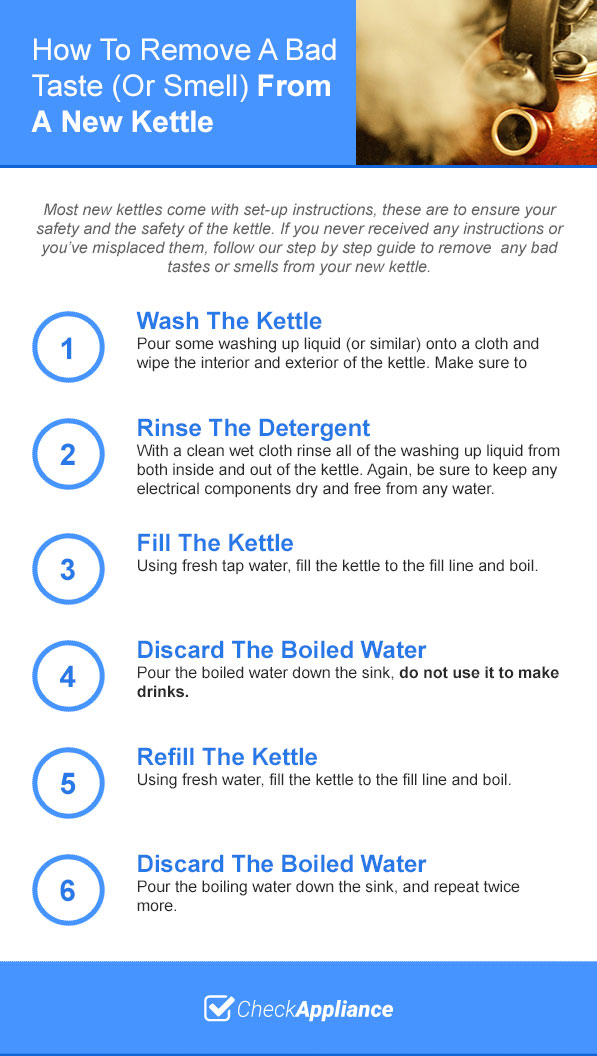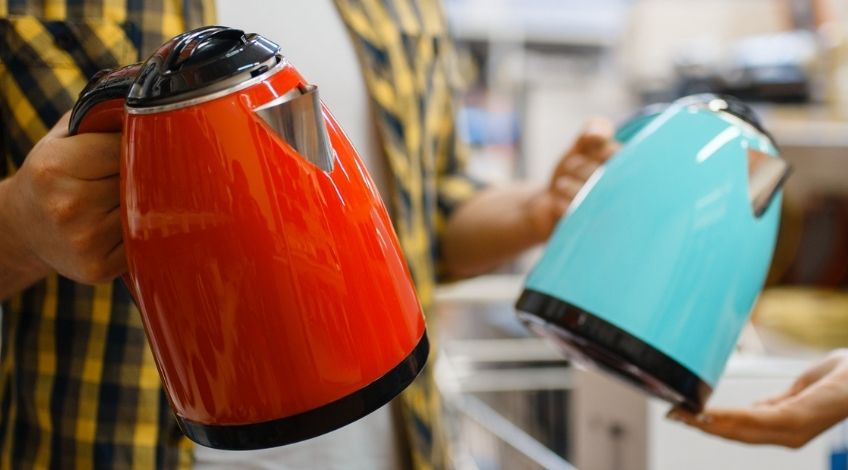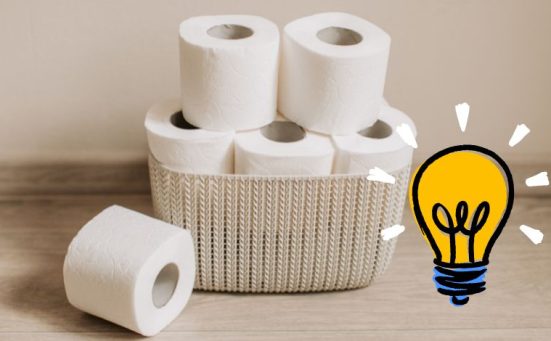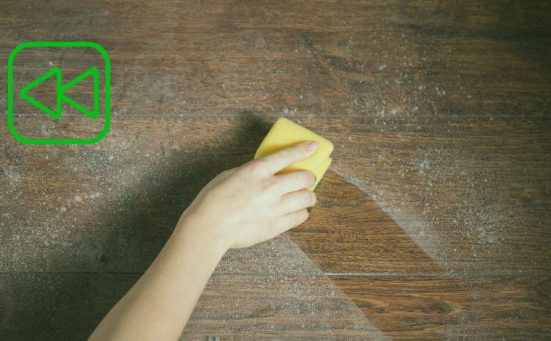
How To Get Rid Of Metal Taste In Kettle
If you’ve ever bought a new kettle you will know all about that weird metallic taste and dodgy smell when you first use it. Sometimes it clears quickly but often it lingers. If this is a problem you have at the moment read on for the best way to get rid of that metal taste and bad smell from your kettle.
Most of the tastes, and smells associated with new kettles are a nuisance, but not harmful. There are some exceptions (more on this later) but most have an easy explanation and no ill effects.
Why Does A New Kettle Taste Metallic?
The reason for this is the protective coatings applied to the kettle in the factory. Usually to prevent rusting and degradation whilst on the shelf waiting to be sold. These coatings can be some sort of lubricant or waterproof coating, and although they should come off once the kettle has been boiled a few times, that’s not always the case.
This can be a problem because although you might have bought a kettle with a British manufacturers brand name the chances are the components were made and assembled in some far eastern country. Over here we have strict health regulations regarding the use of chemicals, but that might not be true of wherever the kettle was made.
How To Remove A Bad Taste (Or Smell) From A New Kettle

Most new kettles come with set-up instructions, these are to ensure your safety and the safety of the kettle. If you never received any instructions or you’ve misplaced them, follow our step by step guide to remove any bad tastes or smells from your new kettle.
- Wash The Kettle
Pour some washing up liquid (or similar) onto a cloth and wipe the interior and exterior of the kettle. Make sure to avoid any electrical components. - Rinse The Detergent
With a clean wet cloth rinse all of the washing up liquid from both inside and out of the kettle. Again, be sure to keep any electrical components dry and free from any water. - Fill The Kettle
Using fresh tap water, fill the kettle to the fill line and boil. - Discard The Boiled Water
Pour the boiled water down the sink, do not use it to make drinks. - Refill The Kettle
Using fresh water, fill the kettle to the fill line and boil. - Discard The Boiled Water
Pour the boiling water down the sink, and repeat twice more.

The kettle is now ready to use. That’s it, as simple as that, except it’s not always enough. If your kettle still tastes bad, and has a peculiar smell, there are a few other remedies to try.
How To Remove Bad Tastes And Smells From New Kettles
If you don’t want to use washing up liquid in your new kettle or you have used it and it still tastes funny, there are a few natural products that will do the trick. All of them are readily available in the supermarkets and you probably already have at least one of them at home.
Removing Metallic Tastes From A Kettle Using Bicarbonate Of Soda
Bicarbonate of soda has many uses around the home, in fact many commercial cleaning products are based around bicarbonate of soda. It’s a natural cleaner with no additives. To take care of the metal taste in the kettle just:
- Fill The Kettle
Add 2 tablespoons of bicarbonate of soda to a kettle full of water and stir thoroughly. - Switch The Kettle On
Boil the kettle containing the water and bicarbonate of soda. - Leave To Soak
Allow the hot solution to cool and soak in overnight. - Discard The Water
The following morning pour the contents of the kettle away. Rinse the kettle and refill with fresh water. - Boil The Kettle
Once the kettle is boiled, discard the water, rinse, and refill. - Boil Again
Discard the water, rinse and refill. Boil, discard the water then rinse with fresh water. - The Kettle Is Now Clean
Pour the water away and use as normal.
This should remove the metallic taste and any off smells too.
- PURE & VERSATILE: Noel’s Bicarbonate of Soda is a multi-purpose ingredient, perfect for baking, cooking, and even cleaning
- ESSENTIAL FOR BAKING: Ideal for leavening baked goods, this baking soda ensures light and fluffy results every time
How To Remove the Metal Taste From A Kettle Using Vinegar
The steps are exactly the same as above, just substitute the bicarbonate of soda with white vinegar. Never use malt or any vinegar that has any colour as it could stain the kettle permanently.
- Fill The Kettle
Using a 50/50 mix of white vinegar and water fill the kettle to the fill line. - Turn On The Kettle
Boil the water in the kettle. - Leave To Cool
Allow the solution to work overnight. - Discard Contents Of The Kettle
Pour the solution down the sink, rinse the kettle with fresh tap water. - Refill the kettle
Using fresh tap water fill the kettle to the fill line and reboil. - Pour The Water Away
Discard the water, rinse, refill, boil, and discard the water.
The metallic taste and dodgy smell should now be gone, and the kettle is ready to use.
- MAKE KITCHENS & BATHROOMS SPARKLE: White Vinegar is a powerhouse product in cleaning the home. Use White Vinegar on porcelain, countertops, stainless steel appliances, oven and microwave interiors, laminate flooring, toilets, glass surfaces, tiles, wooden furniture, dishwashers, washing machines and more. This product is already diluted, ready-to-go for cleaning immediately. Please note White Vinegar should not be used to clean marble.
- KINDER ALTERNATIVE TO HARSHER PRODUCTS: Practical and suitable for home, commercial and industrial use. You can use White Vinegar as an effective drain cleaner when mixed with baking soda, add to laundry loads for soft, odour-free clothing or even for removing stains on clothing, carpets and upholstery. White Vinegar can also be used to repel insects such as ants and spiders. Best of all, having a universal cleaner also means less packaging and plastic!
- Natural and eco-friendly: Pure Chem's White Vinegar is made from natural ingredients, free from harsh chemicals and additives, and is a safe and eco-friendly alternative to traditional cleaning products.
- Versatile cleaning agent: This vinegar's acidic properties make it a powerful cleaner, cutting through grease, grime, and stains on a variety of surfaces. It can be used to clean floors, tiles, countertops, and even as a natural fabric softener.
- MAKE KITCHENS & BATHROOMS SPARKLE: Pure Value White Vinegar is a powerhouse product in cleaning the home. Use Pure Value White Vinegar on porcelain, countertops, stainless steel appliances, oven and microwave interiors, laminate flooring, toilets, glass surfaces, tiles, wooden furniture, dishwashers, washing machines and more. This product is already diluted and ready to go for cleaning immediately. Please note White Vinegar should not be used to clean marble.
- KINDER ALTERNATIVE TO HARSHER PRODUCTS: Practical and suitable for home, commercial and industrial use. Use Pure Value White Vinegar in our cleaning kit for an effective drain cleaner. Add vinegar to laundry loads for soft, odour-free clothing, or even use it for removing stains on clothing, carpets and upholstery. White Vinegar can also be used to repel insects such as ants and spiders. Best of all, having a universal cleaner means less packaging and plastic!
- Versatile Culinary Essential: Elevate your cooking with the tangy, acidic flavor of Harbour Housewares White Spirit Vinegar. Perfect for preserving and pickling, marinating meats and seafood, dressing salads, and creating flavorful sauces, it’s a must-have ingredient for culinary enthusiasts. Its natural acidity tenderizes proteins and enhances the taste of your favorite recipes.
- High-Quality and Safe: With 5% acetic acid, Harbour Housewares White Vinegar guarantees superior quality and purity. Free from artificial colors, flavors, and preservatives, it aligns perfectly with vegetarian and vegan lifestyles while offering safe and effective results.
How To Get Rid Of The Metal Taste And Nasty Smell From The Kettle Using Lemon Juice
The acetic acid in the lemon juice works just as well as the acetic acid in the white vinegar.
- Squeeze The Juice From 2 Lemons Into The Kettle,
fill to the fill line with water, and boil the kettle. If you don’t have fresh lemons, you can use bottled fresh lemon juice. - Allow To Soak For At Least 2 Hours
Soak overnight if possible, then discard the solution and rinse the kettle. - Refill The Kettle
Using fresh tap water refill the kettle, boil, rinse, refill, and reboil. - Discard The Kettle Contents
Pour the contents down the sink, rinse and the kettle is now ready to use.
- Tropical Sun Lemon juice makes it easy to add delicious lemon flavor to dipping sauces, marinades, or even sodas or juice without slicing and squeezing fresh lemons.
- Tropical Sun lemon juice has a sour and fluid consistency with a tangy flavor that blends well into a variety of dishes and drinks.
- Premium quality lemon juice
- Made from lemons grown in Greece
- Natural strength
- Lemon juice made with concentrated lemon juice
- AWARD-WINNING QUALITY: Proud recipient of the Great Taste 2024 Award with 1 star, recognising our lemon juice for its exceptional taste and premium quality.
- 100% NATURAL AND ORGANIC LEMON JUICE. Biona Organic Lemon Juice is made from 100% natural organic lemons with no added sugar.
Other Causes Of Nasty Tastes Or Smells In A New Kettle
If, like 60% of the population of the UK, you live in a hard water area, then your water contains large amounts of calcium and magnesium. These minerals are responsible for creating limescale in kettles, and they also react with the metal coating inside your kettle. That’s what causes the metallic taste and nasty smell.
You could use filtered water to help prevent the reaction but as filtered water involves extra expense, and as you will be throwing a considerable amount away, tap water is probably the best bet. What about plastic kettles?
How To Avoid Poisonous Kettles
If your new kettle is made from plastic, check that it was made from BPA-free plastic. If it wasn’t or you can’t see BPA-free on the box, return it unopened and ask for a refund. Bisphenol A (BPA) is a chemical used to make some plastics and resins. It is used to manufacture some pop bottles, food containers and many more items including some plastic kettles.
Why Is BPA Harmful?
Bisphenol A is an endocrine disruptor, this means it has the ability to decrease or increase normal hormone levels. This can cause:
- Fertility Problems
- Endometriosis
- Altered Immune Function
- Cancer
- Diabetes
- Cardiovascular Problems
- Respiratory Problems
- Obesity
- Neurological Problems
- Learning Disabilities
- And Many More
Some scientists refute the above claims but is it worth taking the risk? Especially now kettle manufacturers are producing BPA-free kettles. It’s not just BPAs, there is another sinister man-made chemical that is also not very nice for us poor tea drinkers. It’s called trichloropropane (TPC).
What Is TCP And Why Is It Dangerous?
Trichloropropane (TPC) started life as a paint and solvent remover and a degreasing agent. It is quick to evaporate from soil and standing water and eventually finds its way into subsoil aquifers. It then finds its way into tap water.
If that wasn’t bad enough, chlorine in tap water can react with certain plastics found in some kettles to create TCP. Depending on how much we ingest, TCP can cause a sore throat. Long term exposure however, can lead to kidney and liver damage, some cancers and weight loss. If possible stay away from plastic kettles and be careful of metal kettles too.
Many metal electric kettles have some form of plastic in their design. The trick is to buy a kettle where no plastics touch the water at all. Be mindful of the viewing window, these are often made from plastic even in a stainless steel kettle. Glass kettles are the latest innovation and many consumers are buying glass kettles to be sure their kettle is plastics free and safe to use.
Frequently Asked Questions
You can clean a new kettle before use by using a descaler, white vinegar, lemon juice or bicarbonate of soda mixed with water, boil and leave overnight. Then rinse and refill with fresh water, boil, rinse and repeat.
Metallic tasting water can be bad for you if it is contaminated with lead , TCPs or BPAs. Zinc and iron are considered to be safe.
The brown in the bottom of your kettle is most likely limescale deposits, which are present in hard water.
You shouldn’t boil water twice because it will concentrate any harmful chemicals or mineral deposits present in tap water.
Your limescale is brown because of other minerals present in the water. Irons cause limescale to go red or brown.
Leaving water in a kettle does cause limescale. As the water evaporates the minerals turn into solids, so any calcium in the water will evaporate and leave limescale.
You can use bicarbonate of soda to descale a kettle. Use 2 teaspoons of bicarbonate of soda and fill the kettle to the full line and boil. Leave overnight, rinse and fill with fresh water and boil again.
Water filters do remove limescale, but not all of it. There will always be some limescale present in tap water in hard water areas.
Distilled white vinegar is best for removing limescale. It is the acetic acid that reacts with the limescale. White vinegar will not cause any staining.
Baking soda is the same as bicarbonate of soda.
A water filter can reduce hardness because it removes most of the calcium and other minerals responsible for causing water hardness.
Also, follow us on Pinterest ...













